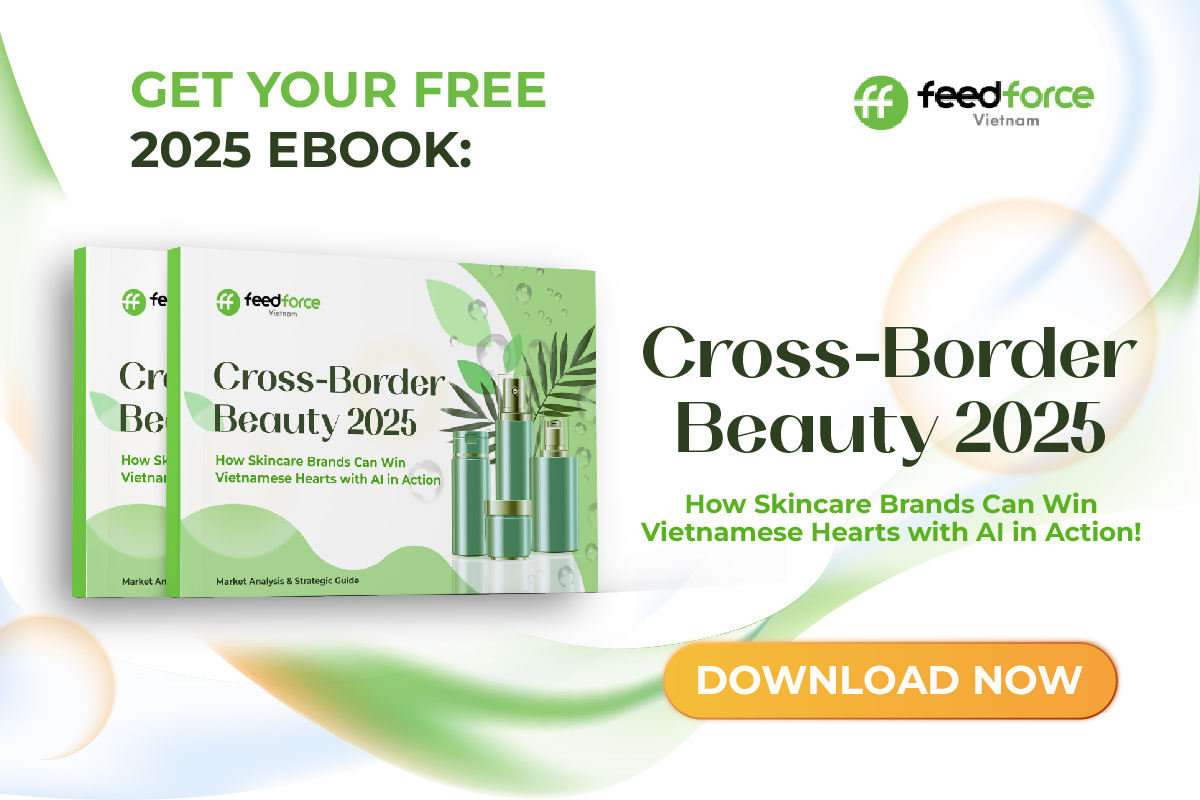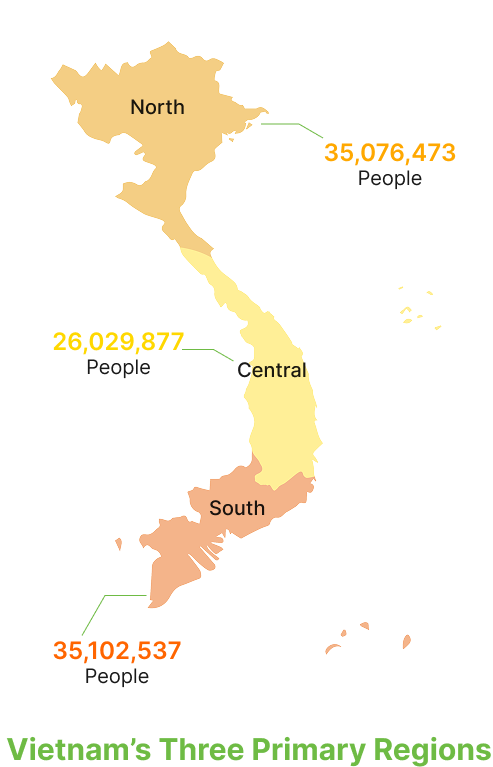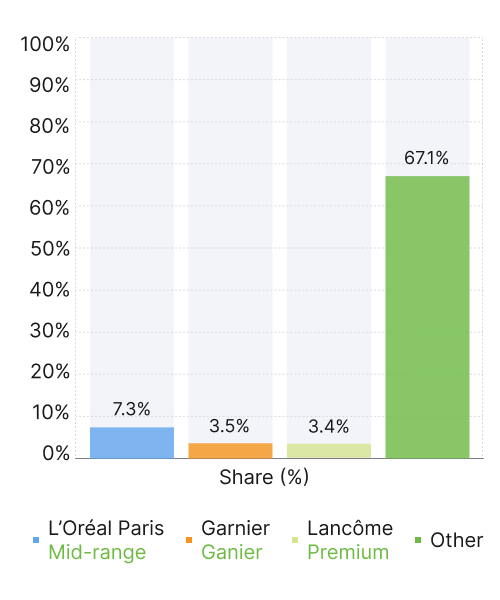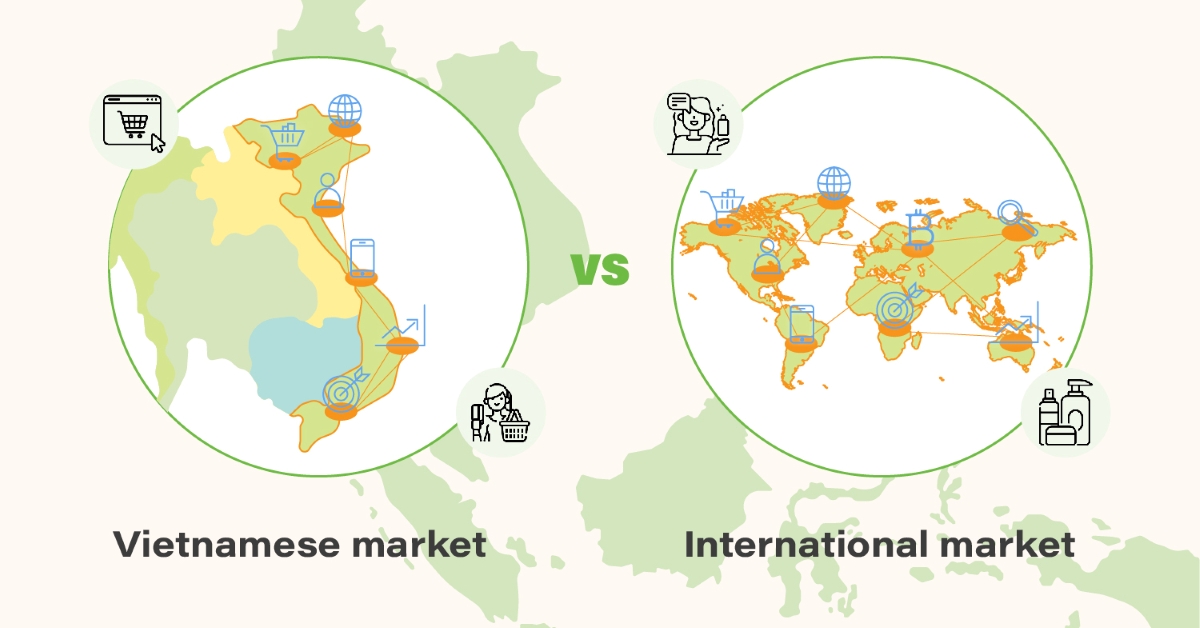
Are you ready to take your cosmetic brand global? We’re thrilled to invite you to an exclusive workshop to equip you with the knowledge and tools needed to succeed in the highly competitive US market through Amazon Global Selling.


Ready to conquer Vietnam's booming skincare market? Grab our new, free eBook: "Cross-Border Beauty 2025: How Skincare Brands Can Win Vietnamese Hearts with AI in Action". This isn't just a theory; it's exclusive market data, battle-tested AI use cases, and actionable strategies designed for real results.
See how AI-driven personalization and deeply localized insights are defining success in this digitally native, mobile-first landscape. Inside, you'll find what brands truly need to know in 2025 to thrive in this billion-dollar skincare boom.
.png)
Discover the full potential of Vietnam’s thriving skincare market—one of the most rapidly evolving beauty landscapes in Southeast Asia. Valued at $819.92 million USD in 2024 and projected to surpass $1.03 billion USD by 2029, this market is fueled not only by strong consumer demand but also by a powerful shift toward digital convenience.
One of the key things that truly sets Vietnam apart is the country’s rapid embrace of AI-powered skincare and hyper-personalized beauty experiences. For skincare brands, Vietnam offers more than growth. It presents a rare opportunity to lead with innovation tech-driven strategy in a market ready to reward smart, adaptive beauty solutions.
Vietnam may appear to be a single market— but underneath, it holds three very different skincare landscapes. From North to Central to South, each region has its own climate, daily habits, and skincare preferences. For brands looking to win in Vietnam, understanding these regional differences is the first step to real success. Here’s a quick snapshot from the Cross-Border Beauty 2025 eBook that highlights the following insights:


Leading skincare players like Garnier, L’Oréal Paris, and Lancôme—each representing a distinct price tier under the L’Oréal Group—are winning in Vietnam by combining tailored brand positioning with shared digital strategies. While Garnier targets young, price-sensitive consumers with natural formulas, L’Oréal Paris appeals to mid-range shoppers with science-backed solutions, and Lancôme elevates luxury skincare with advanced beauty tech. Despite their differences, all three brands succeed by:
These strategies don’t just boost visibility—they directly translate to sales, with campaigns like Garnier’s hashtag challenge driving a +30% Shopee sales spike and Lancôme’s beauty-tech event achieving a perfect Sentiment Score of 1.00. Discover the full case studies for free revealed in Feedforce Vietnam’s Cross-Border Beauty 2025 eBook.
While regional differences help shape what Vietnamese consumers put in their shopping carts, real marketing success also comes from understanding who they are—and what truly makes them click ‘buy’. That’s exactly what the Cross-Border Beauty 2025 eBook unlocks: a clear picture of Vietnam’s next-gen skincare target audience and how brands can speak their language.
Vietnam’s skincare consumers in 2025 are not just young, urban, and tech-savvy—they’re experience-driven, self-care enthusiasts with high expectations. What captures their attention isn’t flashy advertising, but authentic brand storytelling, transparent ingredients, and AI-powered personalization that makes them feel seen.
They scroll through TikTok, Shopee Live, and Instagram Reels for hours each day, seeking trusted voices and peer reviews before making a purchase. Beyond results, they care about sustainability, recyclable packaging, and social responsibility. That’s why brands that combine technology, transparency, and emotional relevance are the ones that truly win Vietnamese hearts in this highly competitive beauty market.
.png)
Global beauty brands often struggle in Vietnam since they overlook how different the market truly is. The Cross-Border Beauty 2025 eBook hence reveals those critical differences and equips them with the strategies to stand out.
Here are four critical areas why localization is essential:
Success in Vietnam requires more than a global playbook—brands must localize for a digital-first, trust-driven, and glow-focused skincare culture.

In Vietnam’s fast-evolving skincare market, AI thus is no longer optional—it’s a competitive edge. Leading brands are using AI not just to optimize operations, but to unlock deep localization at scale. From smart regulatory tools that cut weeks off compliance timelines to AI-driven skin diagnostics that match products with real-time data, the technology enables true personalization by region and routine. What sets top performers apart is how they put AI into action:
While these three tactics are among the most impactful, there are many other proven strategies that can benefit your brand. Explore them all on Feedforce Vietnam’s Cross-Border Beauty 2025 eBook.
.png)
This is not just another trend report.
Cross-Border Beauty 2025 is a strategic, data-rich playbook for:
If you’re serious about building long-term success in Vietnam’s skincare industry, this guide is your competitive edge.
It combines:
Start shaping your brand’s next chapter—with clarity, confidence, and a data-backed plan.